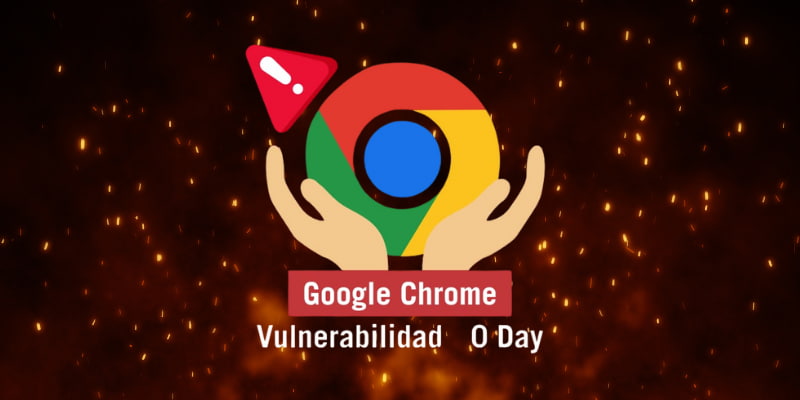Google Patches Actively Exploited Chrome Zero-Day:
CVE-2025-5419

Google has once again responded to an active exploitation in the wild with the release of an emergency security update for its Chrome browser. The newly disclosed vulnerability, CVE-2025-5419, marks the third zero-day patched in Chrome this year, continuing a troubling trend of high-impact flaws being leveraged by threat actors in real-world attacks.
¿What happened?
CVE-2025-5419 is a high-severity vulnerability caused by an out-of-bounds read/write condition in Chrome’s JavaScript engine, V8. The flaw allows attackers to access memory areas they shouldn’t, potentially leading to code execution or browser compromise.
The issue was reported by Clément Lecigne and Benoît Sevens from Google’s Threat Analysis Group, who have a history of identifying zero-days under active exploitation. Within 24 hours of discovery, Google mitigated the issue with a configuration change across Chrome’s stable channels.
A full patch was released shortly after via Chrome version 137.0.7151.68/.69 for Windows and Mac, and 137.0.7151.68 for Linux. These updates will roll out to all users over the coming weeks.
¿Why is it important?
Google confirmed that this vulnerability was already being actively exploited in the wild, although specific attack details are being withheld until more users receive the update. This is a standard policy designed to protect users while the patch propagates.
This zero-day follows two others discovered earlier this year:
- CVE-2025-2783, used in espionage campaigns targeting Russian media and government sectors
- Another critical flaw patched in May that enabled account takeovers via Chrome
These incidents highlight how modern threat actors are leveraging browser-level vulnerabilities not just for data theft, but for espionage, privilege escalation, and credential harvesting.
¿¿What should you do?
If your organization uses Chrome, immediate action is recommended. Even though Chrome auto-updates on most systems, enterprises should ensure deployment through managed environments is completed without delay.
Recommended actions
- Update Chrome immediately to version 137.0.7151.68/.69 or later
- Monitor system logs for signs of suspicious browser behavior
- Apply update policies centrally for endpoint consistency
- Review patch cycles for web browsers across your environment
Why Zero-Days in Browsers Matter
Browsers are high-value targets for threat actors because they are used daily to access corporate apps, email, and cloud services. Any flaw in this layer is a potential entry point for lateral movement or remote command execution.
When zero-days are actively exploited, there is often a short window between discovery and widespread impact. That gap is when proactive monitoring and tight patch governance make a difference.
Consider
CVE-2025-5419 is not the last zero-day we’ll see this year, but it is another clear reminder that browser security cannot be an afterthought. Organizations need robust patching strategies, vulnerability detection capabilities, and endpoint security processes in place—especially as attackers shift focus to client-side attack surfaces.
If your organization lacks the resources to track, patch, and defend against these threats, outsourcing your browser and endpoint protection may be the most effective path forward.
We help businesses stay ahead of zero-day risks with tailored cybersecurity outsourcing, patch monitoring, and endpoint defense. Let’s discuss how we can help you reduce exposure before the next exploit hits.

TU SEGURIDAD
EN BUENAS MANOS
Bundles
Información
¿Tienes alguna duda sobre los servicios? ¡Llámanos!
Heimdall Agency copyright © 2024. Todos los derechos reservados




